New Tricks
Installation, Collaborative Work
IN//BETWEEN #4 Residency
Green Hill Gallery, Berlin
- 2019
New Tricks was part of the installation exhibition Public, Private & In-Between at Green Hill Gallery in 2019. The exhibition was a collaborative effort by Funda Zeynep Ayguler, Ioana Butloc, Lionel Cruet, Marcel Everling, Francesco Gioacchini, Jeremy Knowles, Valentina Michelini, and Marie-Charlotte Nouza.
/
Today it is estimated that around 500,000 video surveillance cameras are in active use across London. This figure not only takes into account cameras that are operated by the UK government and Scotland Yard (situated, for example, outside of official government buildings and throughout underground railway lines) but also the many privately owned video surveillance systems that can be found in both business and domestic spaces. Regardless of the intent, ownership, or use of such cameras, it is estimated that an individual may be recorded on camera an average of 300 times within 24 hours in the UK’s capital.
Berlin, on the other hand, has so far resisted London’s example of public monitoring. In a country scarred by a history of oppressive state surveillance, it is hardly surprising that those born in Germany before reunification in 1990 still bear distrust of authority. Even after a new wave of discussions on the topic of public safety was opened up in 2016 (following a spate of violent terrorist attacks in Germany), Berlin has still held on to comparatively restrictive surveillance laws that protect the rights of its residents. New legislation proposed to relax the use of video surveillance within Berlin in the wake of these attacks (through the introduction of facial recognition software in railway stations, for example) has nonetheless divided public opinion on the matter and sparked new debates that have brought fresh concerns to further contest the boundary between public and private space. As a result, decisions made by the state that risk infringing on the privacy of individuals are made tentatively.
Privacy in Germany is a sensitive subject. In a country experiencing ongoing Cold War legacies, privacy is seen widely as a right worth firmly protecting. Within the context of the exhibition at Green Hill Gallery, which is situated in one of the last haunts of punks and squatters in Berlin, CCTV cameras installed throughout the exhibition challenge our ideas of individual private space and also question our wider engagement with camera surveillance in the city.
The cameras can be seen to interact with other artworks in the exhibition and, with varying success, blend in with the different representations of the domestic surroundings they occupy. One ‘hides’ behind a door while another is positioned as if it is peering out of the window onto the street. They appear to poorly mimic gestures used by spies of the Cold War era. Yet, despite their apparent inefficiency and non-threatening behaviour, the CCTV cameras represent a significant invasion of privacy by their very nature and thus create an uncomfortable feeling of observation in the gallery. The question of whether the cameras are truly recording individuals in the exhibition is left unanswered.
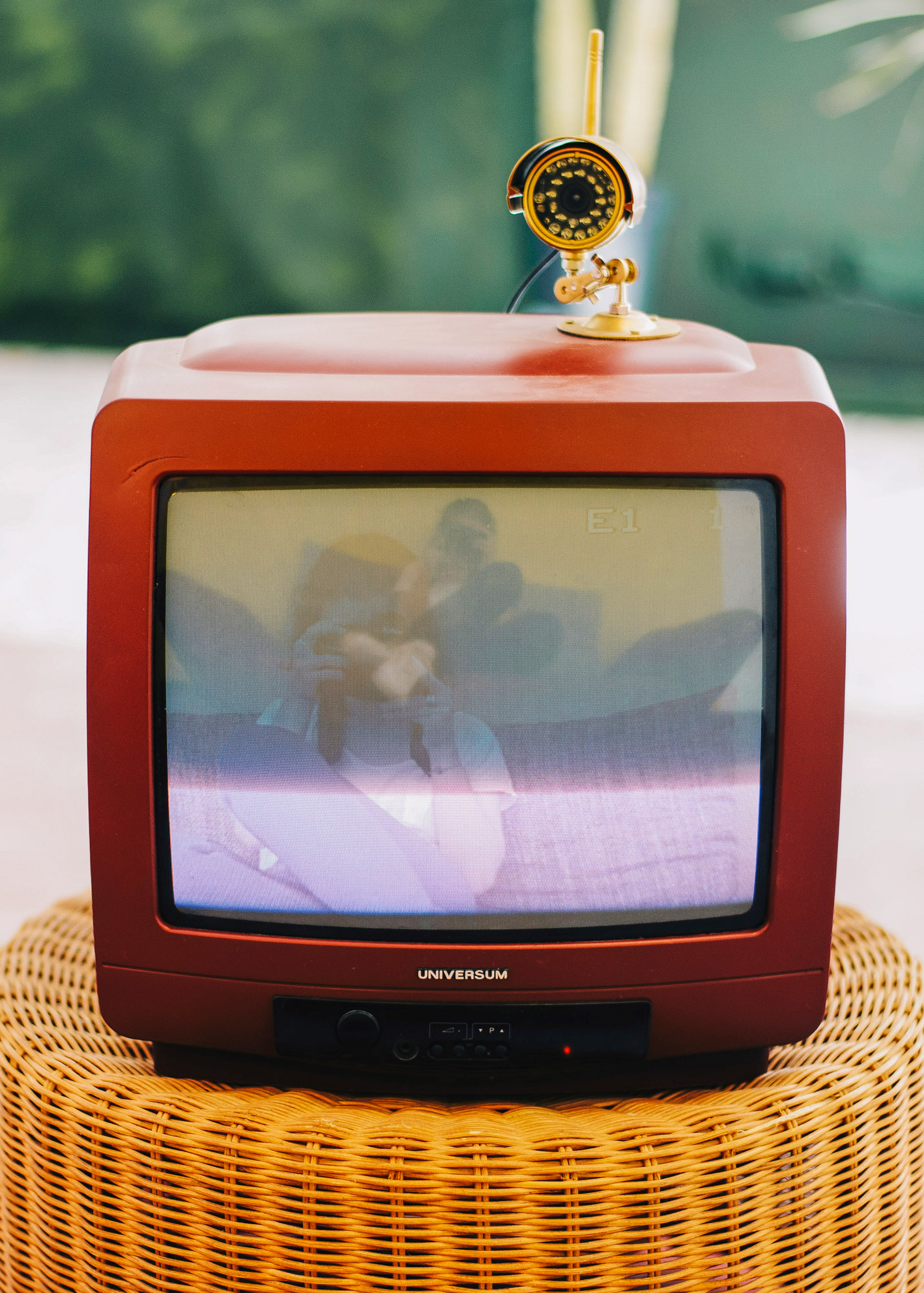
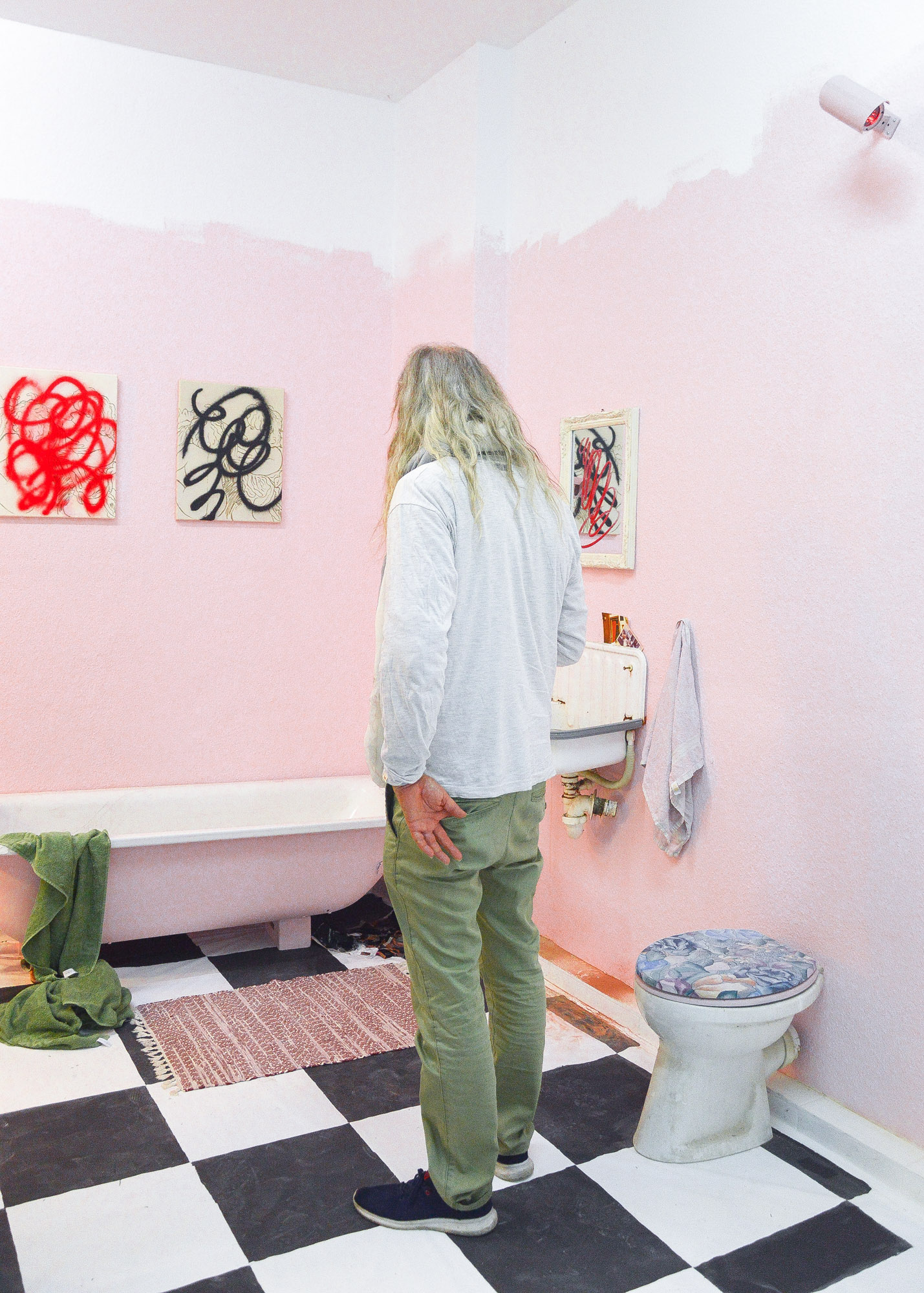


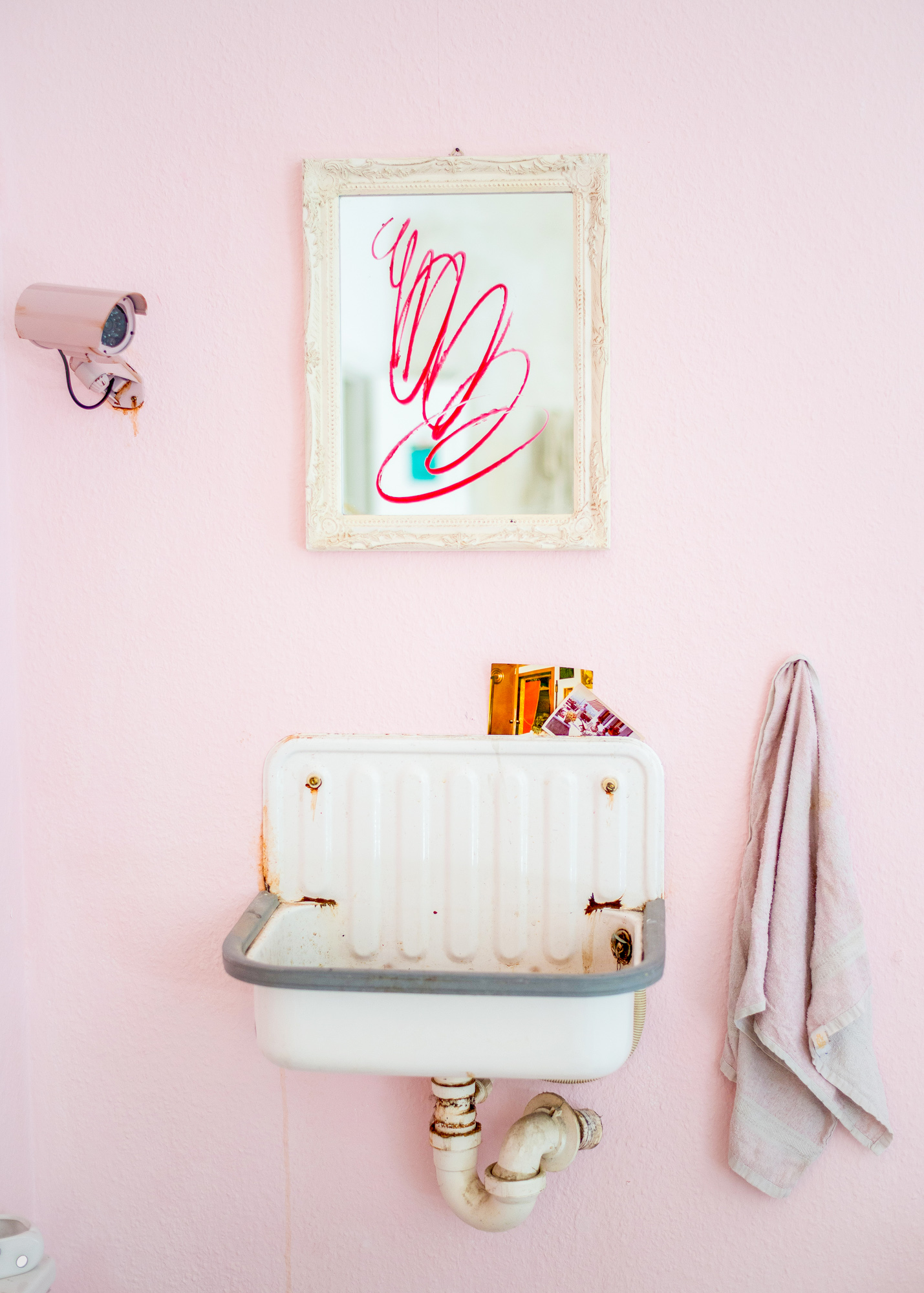
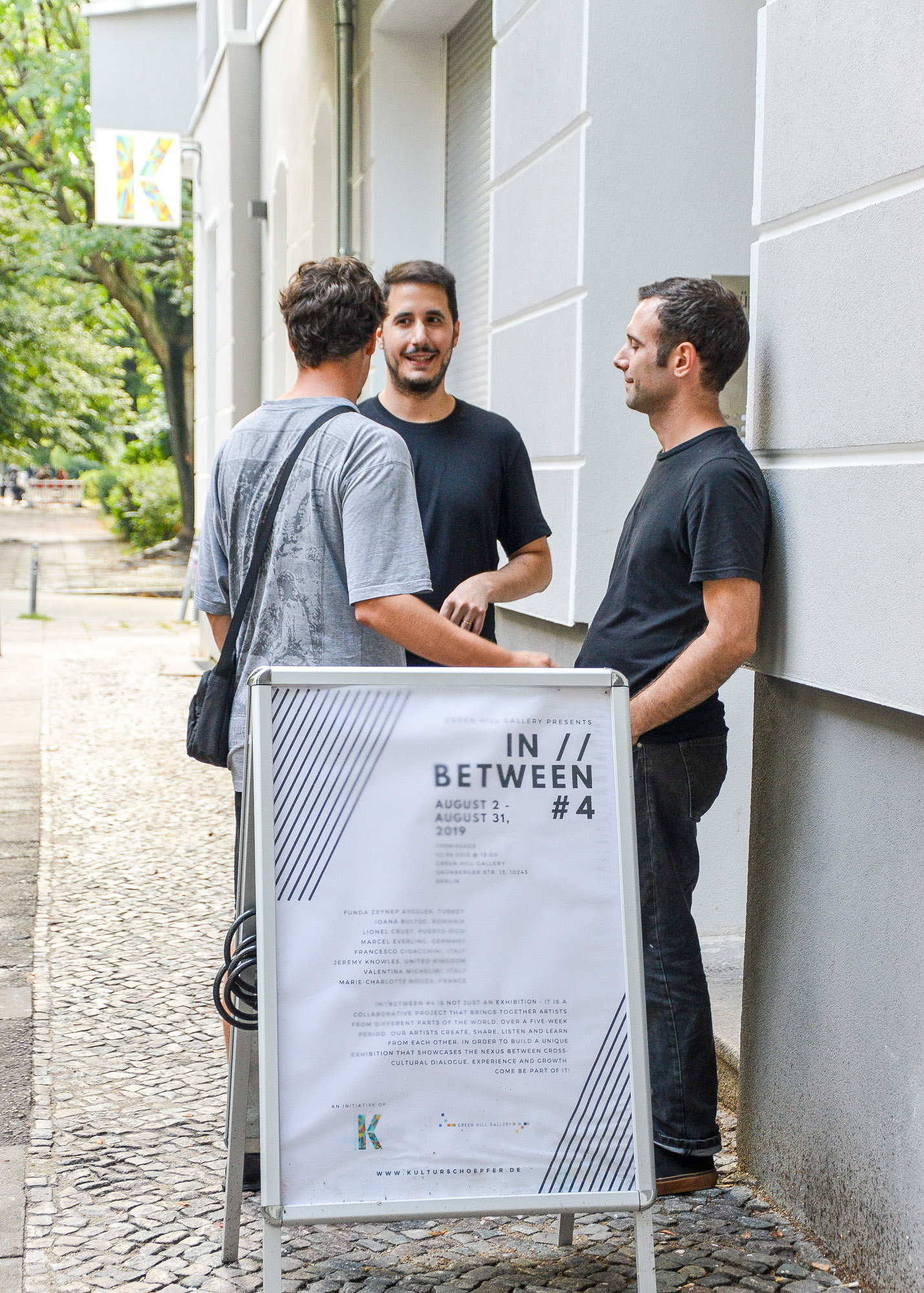

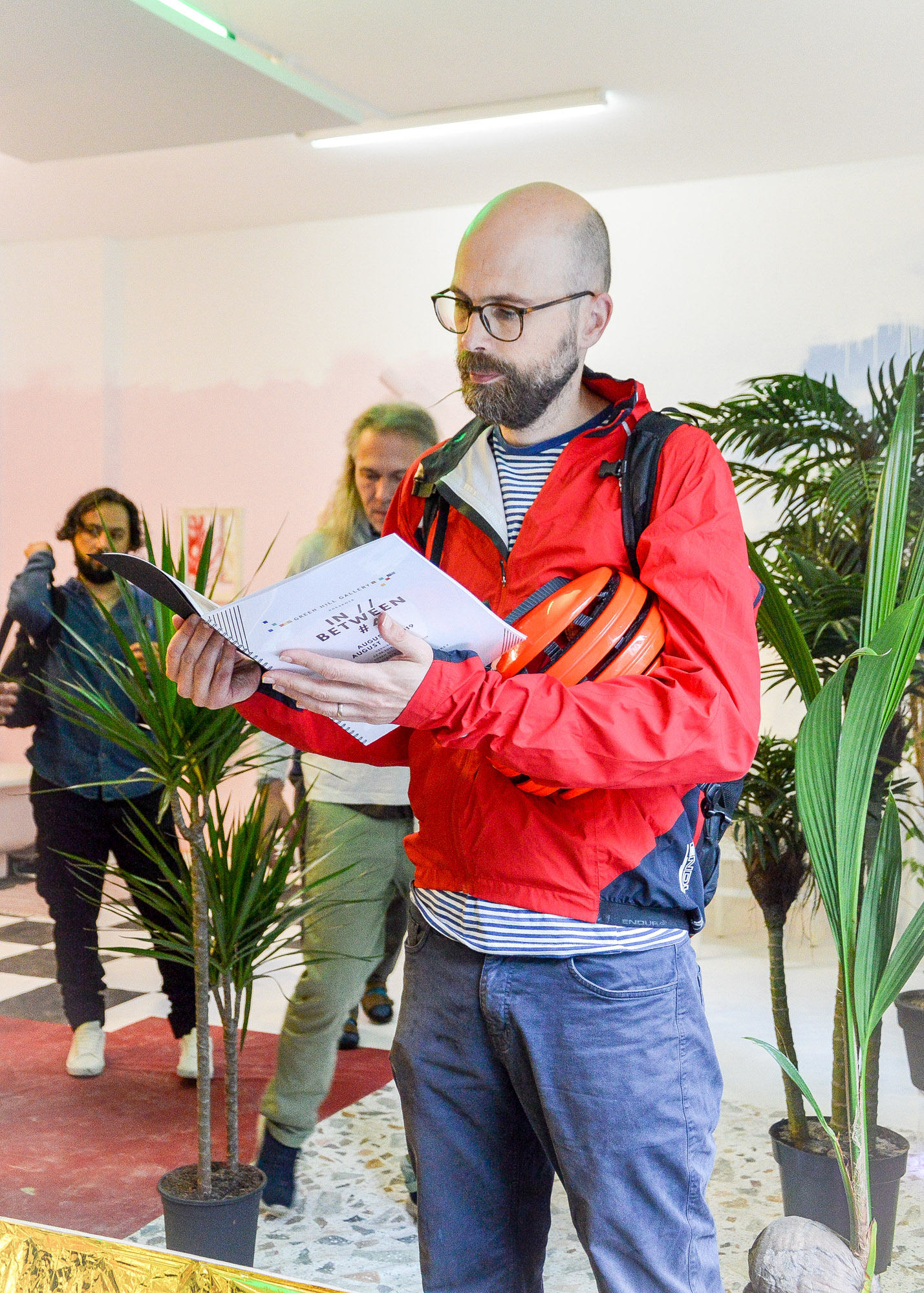

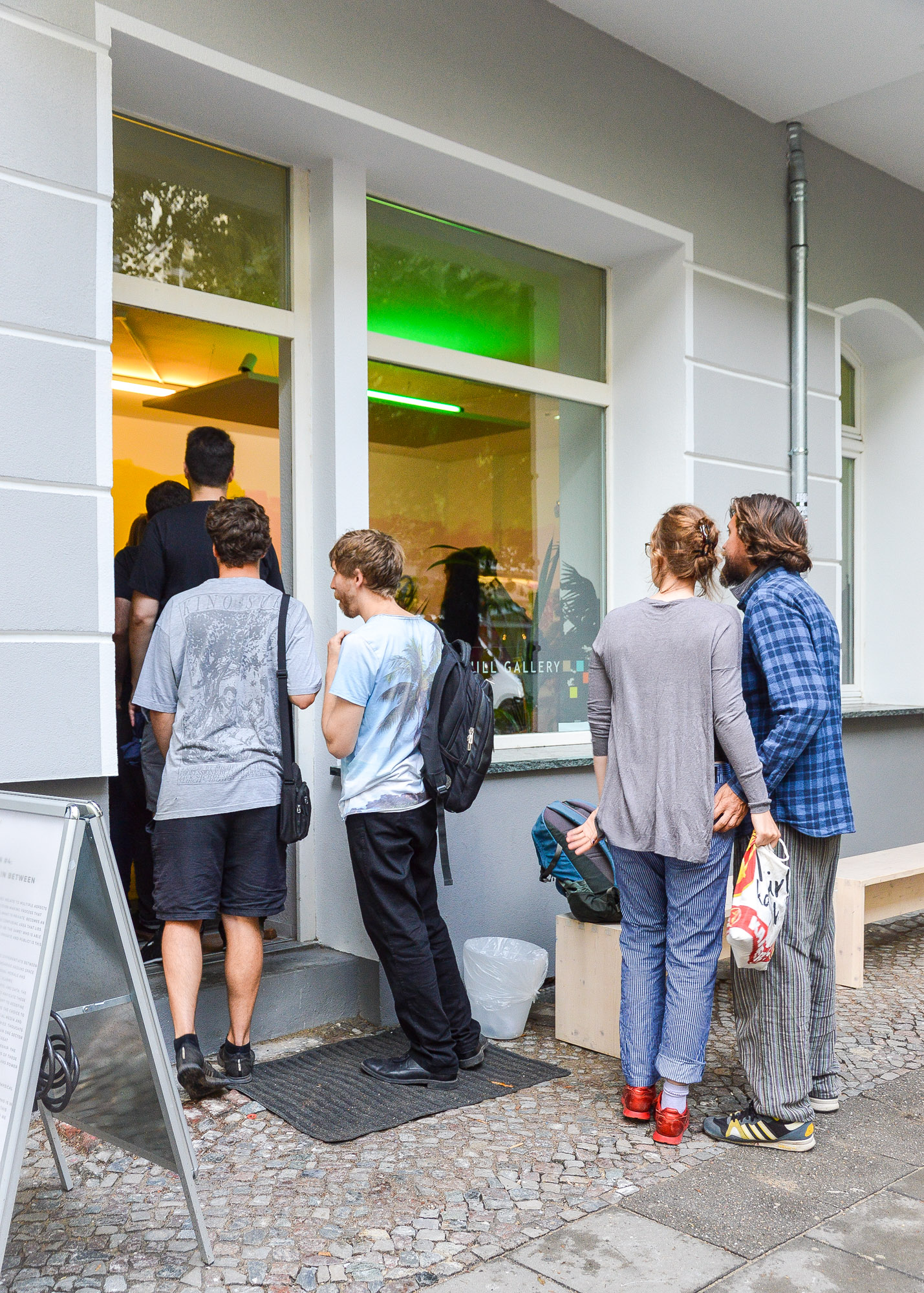

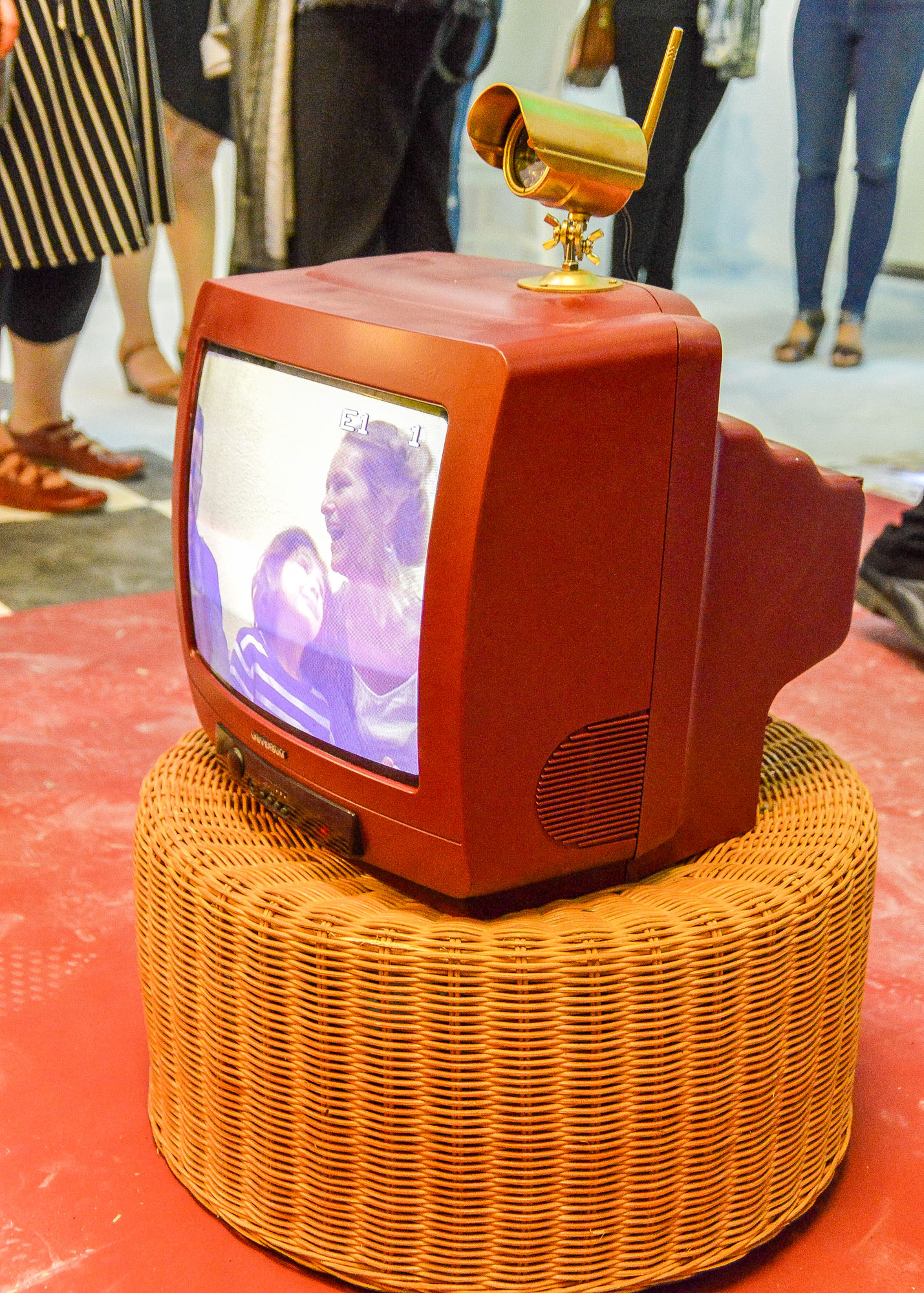
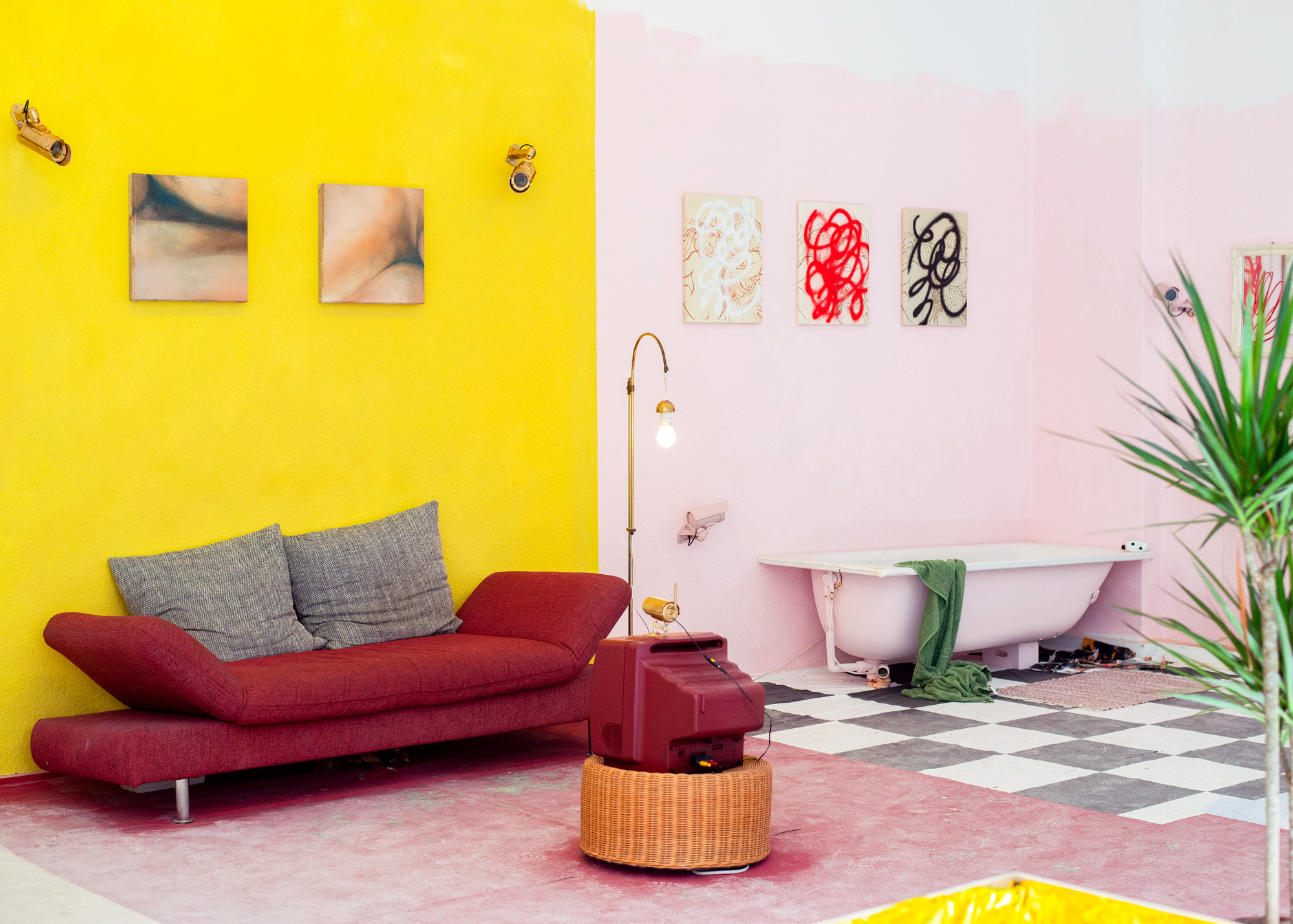

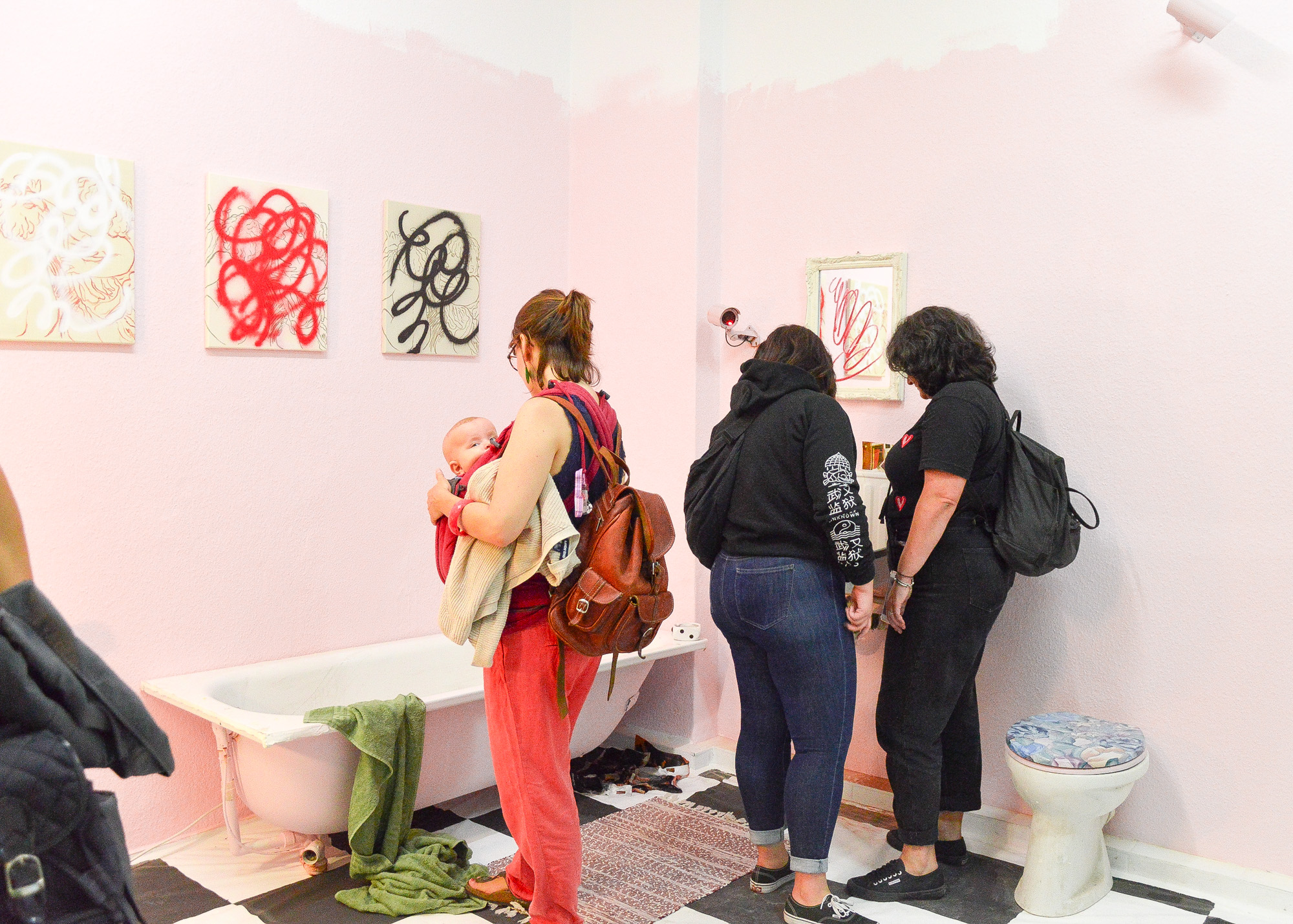
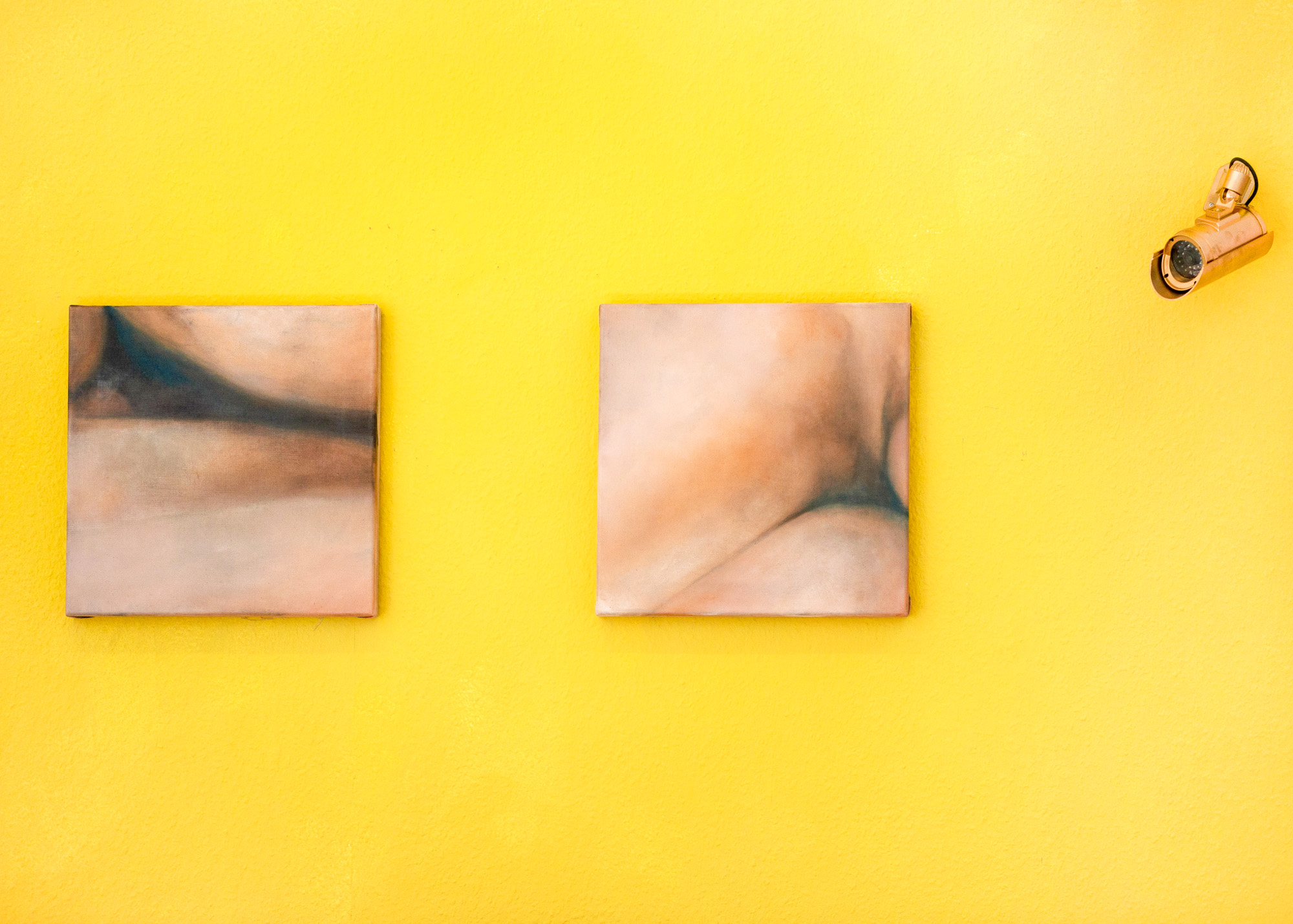

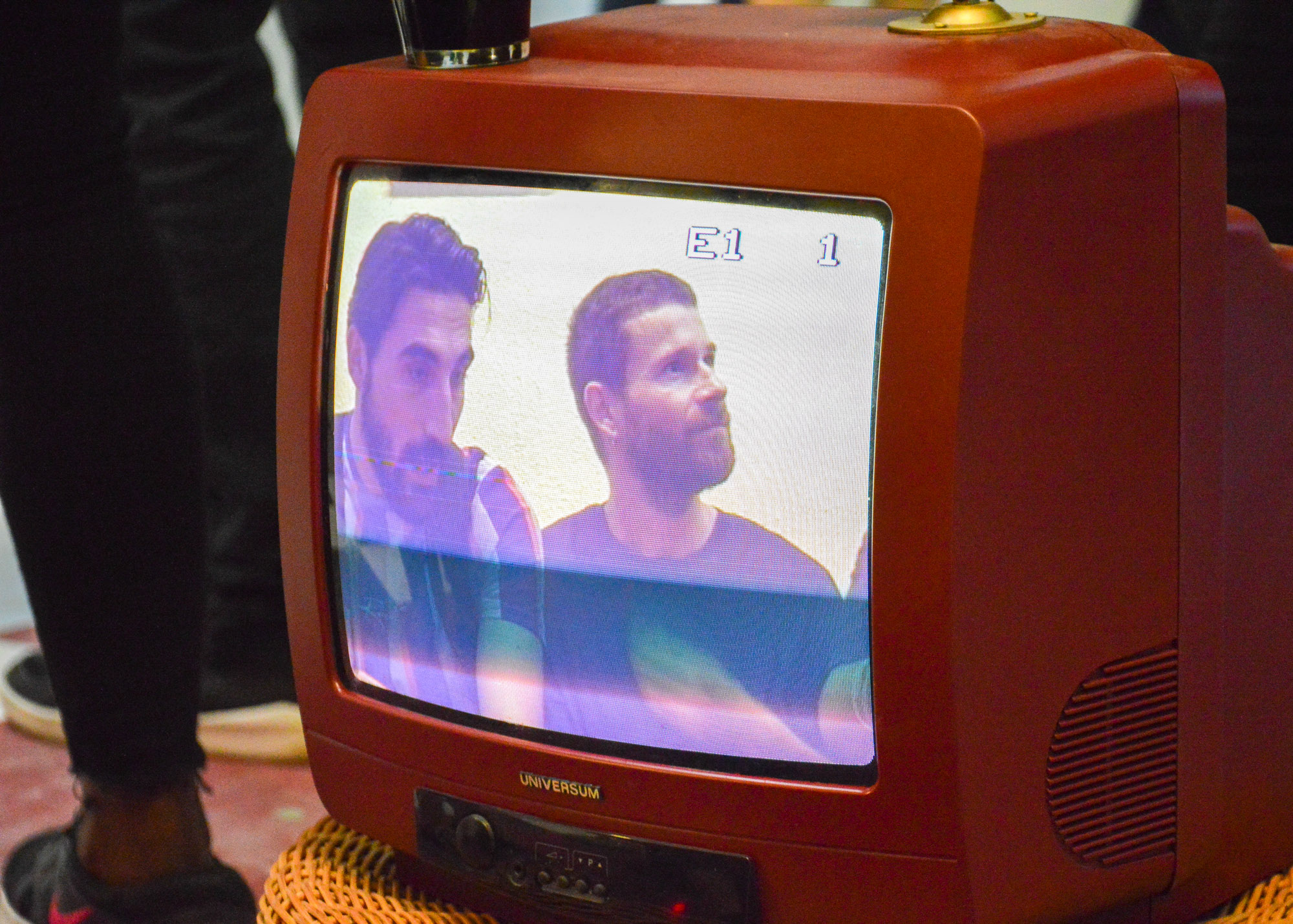

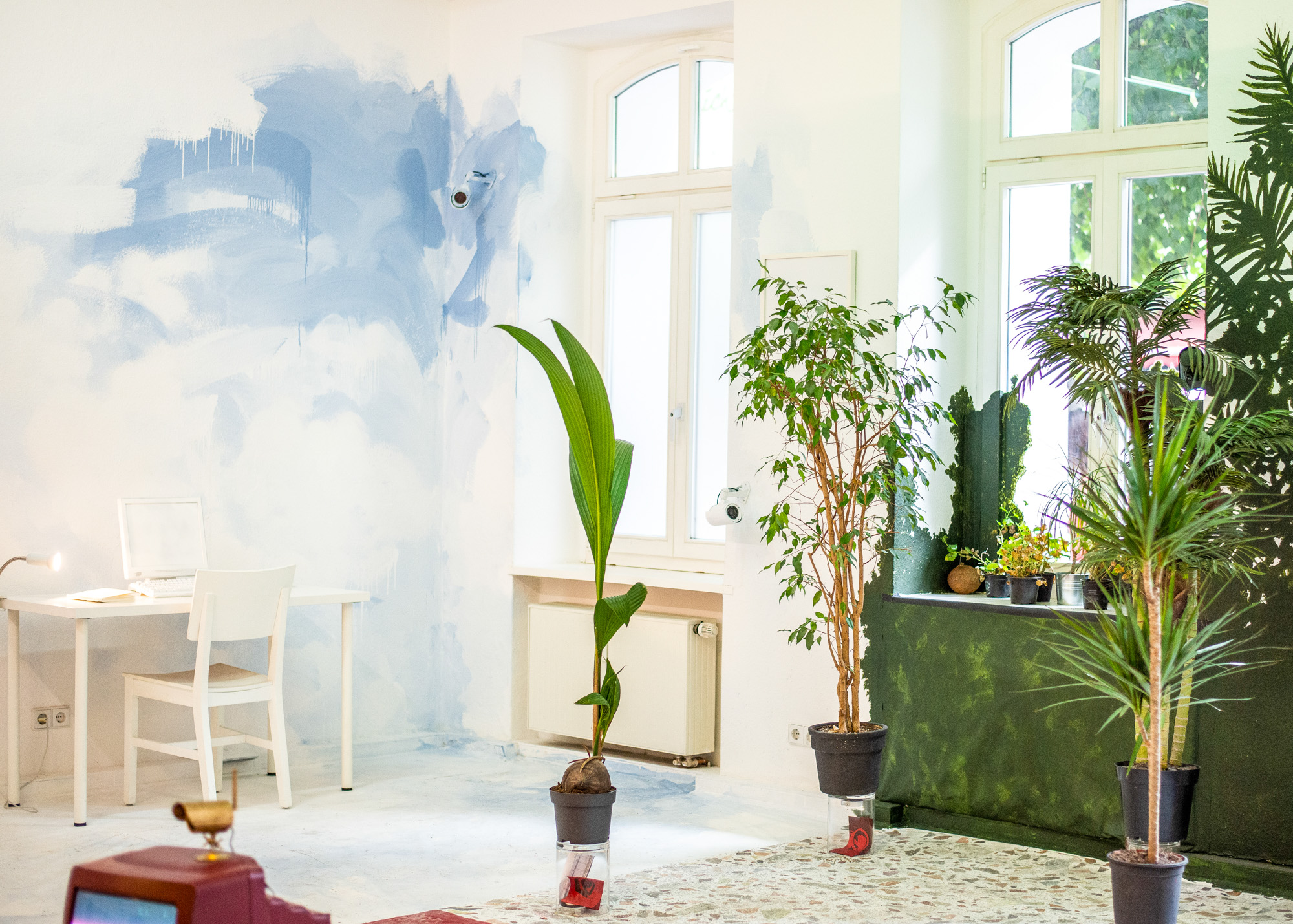
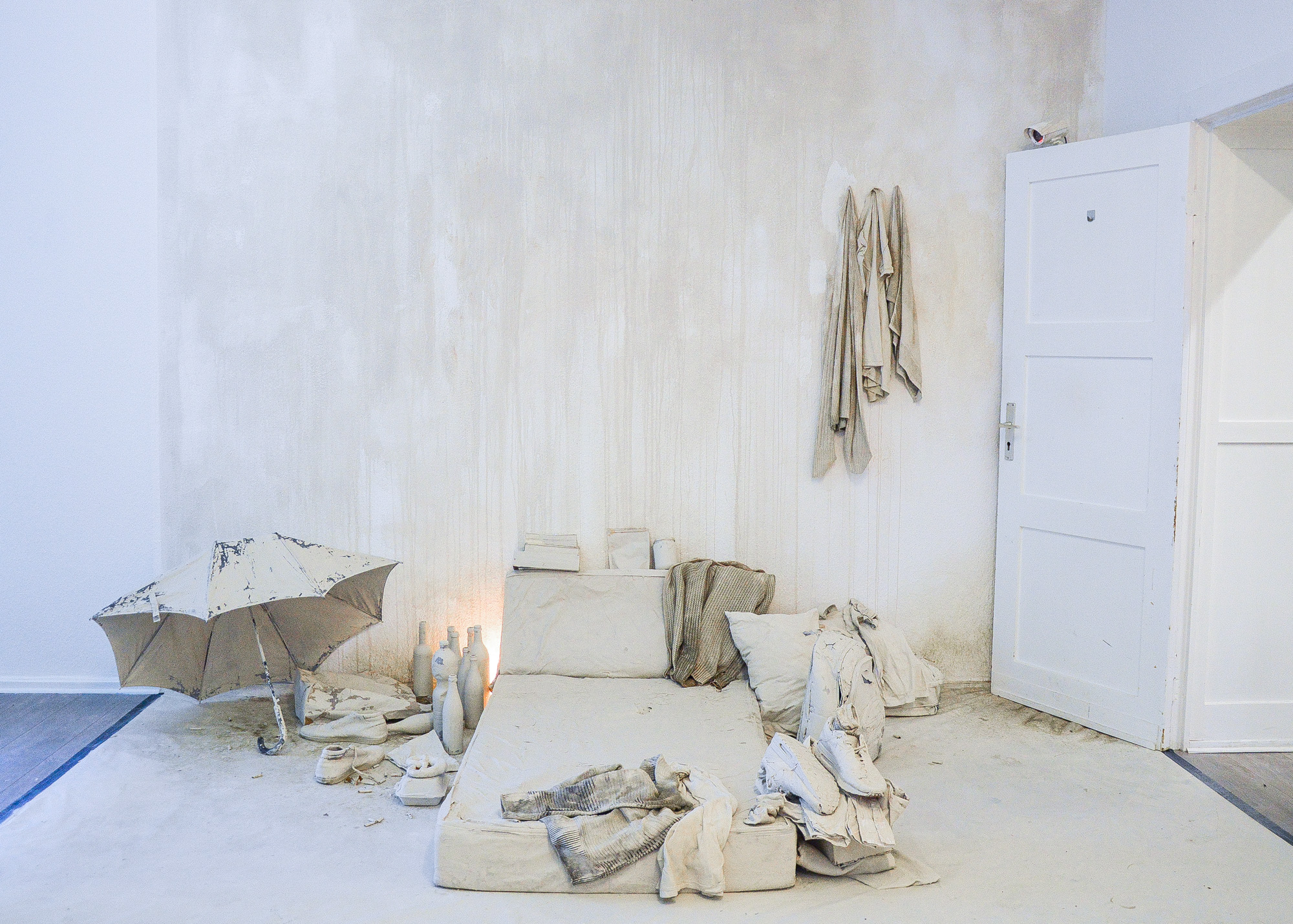


Photographs by Bridget Lollihell, Ioana Bultoc, BobbiJo Brooks